Introduction #
The The KaraAgro AI Maize Dataset was created by authors to provide an open and accessible maize dataset with well-labeled, sufficiently curated, and prepared maize crop imagery that will be used by data scientists, researchers, the wider machine learning community, and social entrepreneurs within Sub-Saharan Africa and worldwide for various machine learning experiments so as to build solutions towards in-field maize crop disease diagnosis and spatial analysis.
Note, similar The KaraAgroAI Cocoa Dataset datasets are also available on the DatasetNinja.com:
- The KaraAgroAI Cocoa Dataset
- Makerere University Cassava Image Dataset
- Makerere University Beans Image Dataset
- Makerere University Maize Image Dataset
Motivation
Despite the fact that the agricultural sector is a national economic development priority in Sub-Saharan Africa, crop pests and diseases have been the challenge affecting major food security crops like maize. Fall armyworm affects 44 countries in Africa. In new household surveys in Ghana and Zambia, 98% of farmers reported maize to be affected. The average maize loss reported by farmers in Ghana was 26.6% and in Zambia 35%. Extrapolating these losses nationally gives an estimate of US$177m lost value of the annual maize crop in Ghana and US$159m in Zambia. According to research, Maize Streak Disease which is caused by the Maize Streak Virus is regarded as the third most serious disease affecting maize in Sub-Saharan Africa. The prominence of these diseases has greatly affected the yields of Africa’s most important food crop. The current state of data collection and crop pest and disease diagnosis is transitioning from disease identification using visible symptoms to the use of data-driven solutions applying machine learning and computer vision techniques. The image data previously collected is biased and not reproducible It has also not been sufficiently curated, prepared, and shared with the wider community.
Summary #
The KaraAgro AI Maize Dataset is a dataset for an object detection task. It is used in the agricultural industry.
The dataset consists of 16552 images with 92934 labeled objects belonging to 8 different classes including maize streak disease, fall armyworm larval damage, healthy maize, and other: fall armyworm frass, fall armyworm larva, fall armyworm egg, none healthy, and healthy images.
Images in the KaraAgro AI Maize dataset have bounding box annotations. There are 99 (1% of the total) unlabeled images (i.e. without annotations). There are no pre-defined train/val/test splits in the dataset. Alternatively, the dataset could be split into 3 health statuses: maize streak (6095 images), faw (5509 images), and healthy (4948 images). The dataset was released in 2022 by the University of Ghana.
Here are the visualized examples for the classes:
Explore #
KaraAgro AI Maize dataset has 16552 images. Click on one of the examples below or open "Explore" tool anytime you need to view dataset images with annotations. This tool has extended visualization capabilities like zoom, translation, objects table, custom filters and more. Hover the mouse over the images to hide or show annotations.

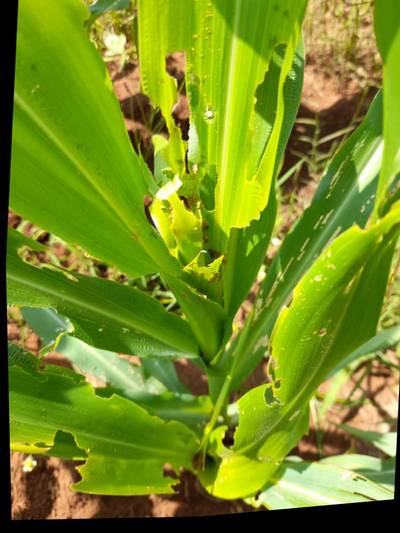

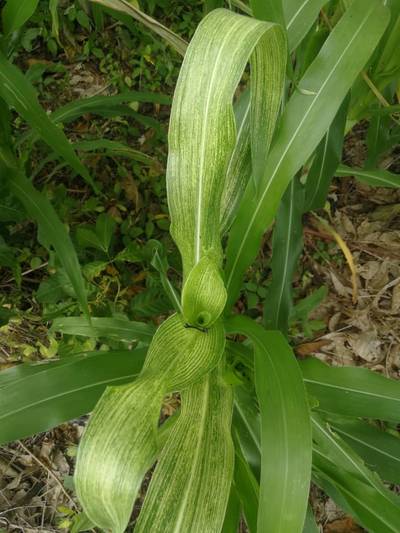

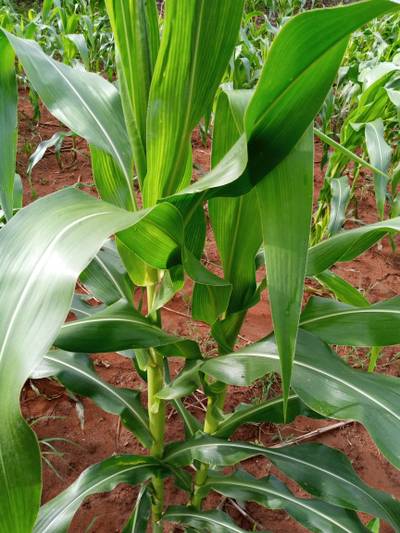

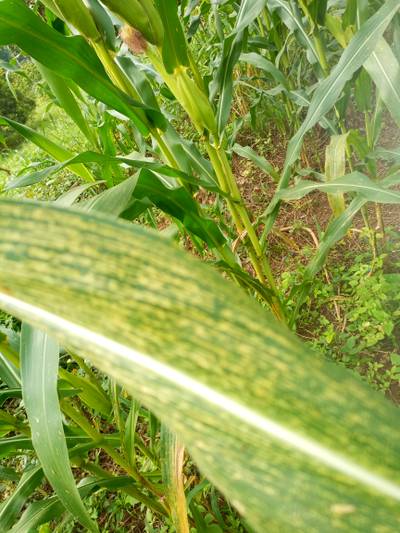

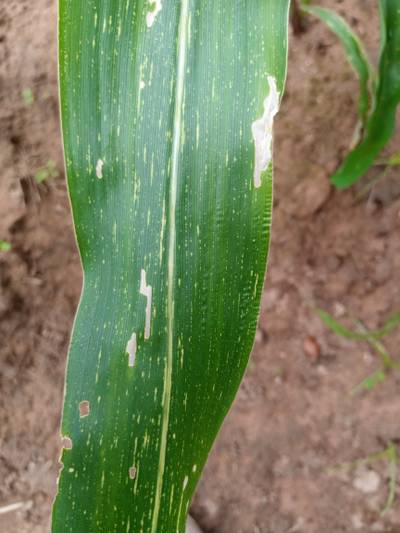

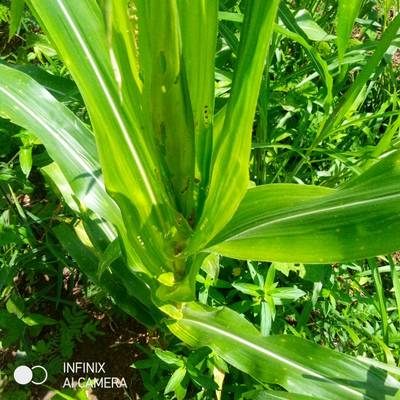

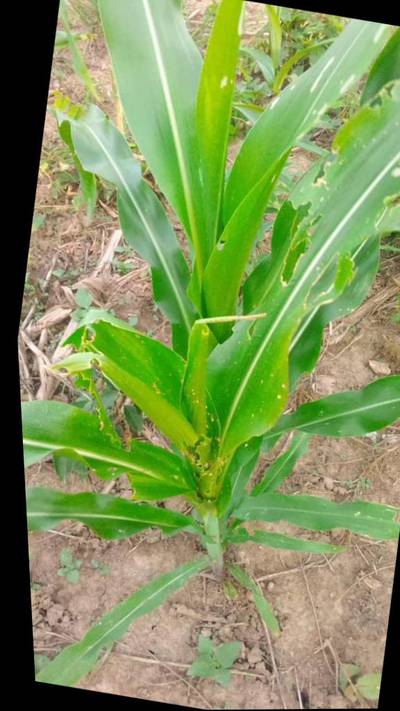

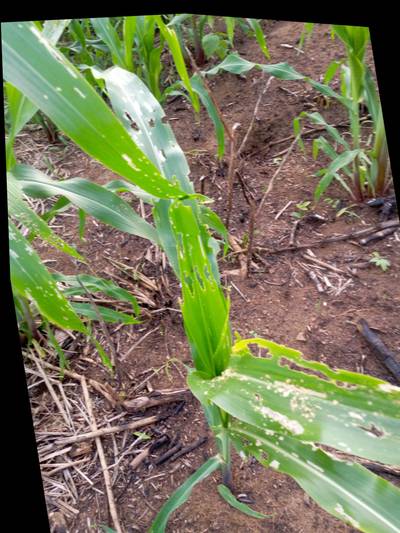

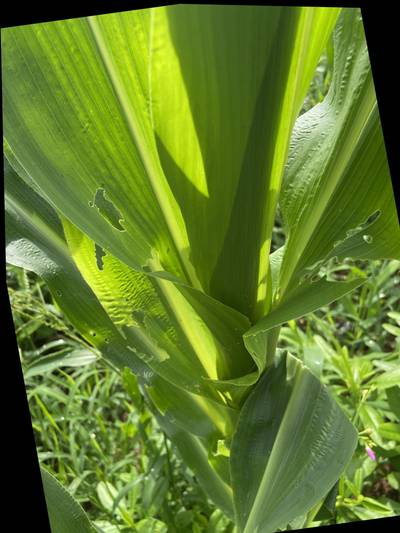

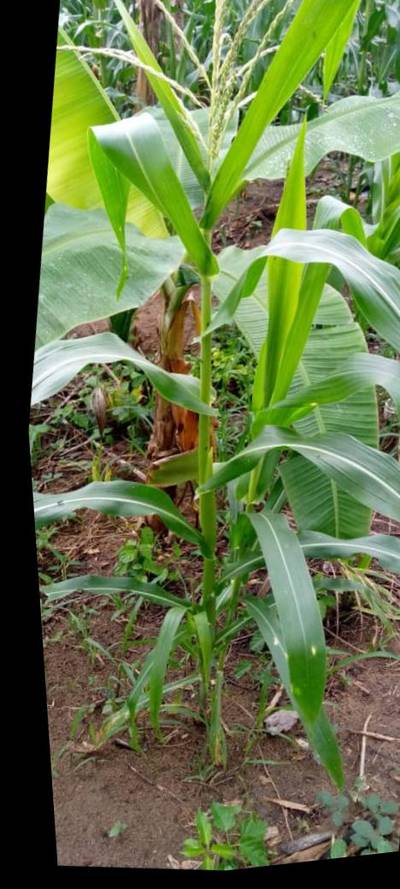

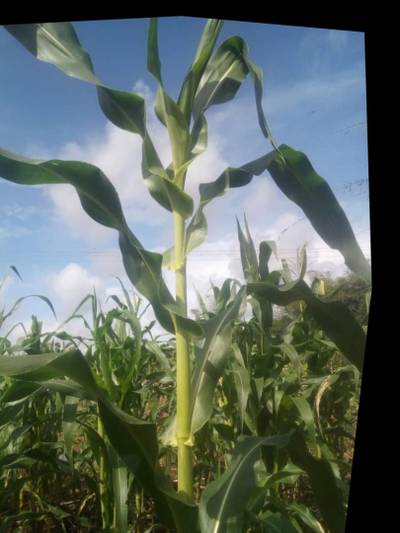

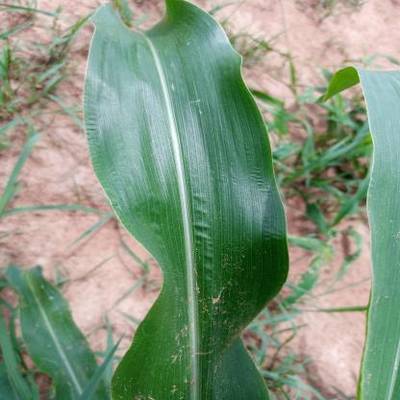

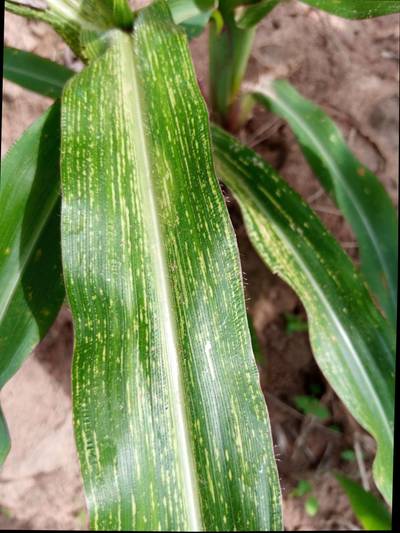

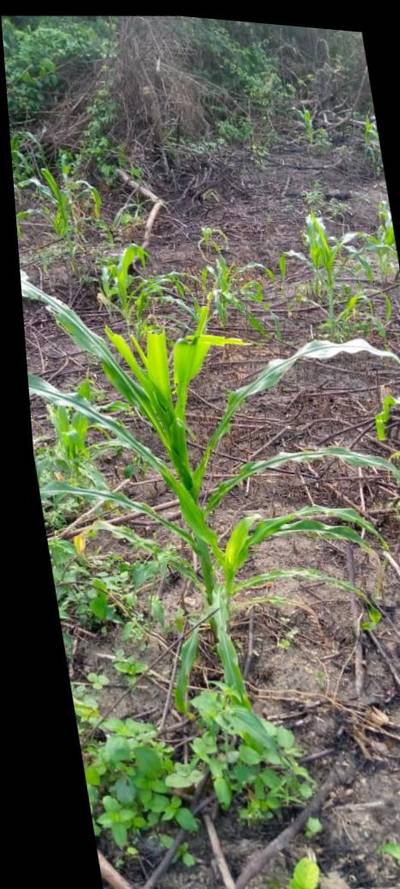

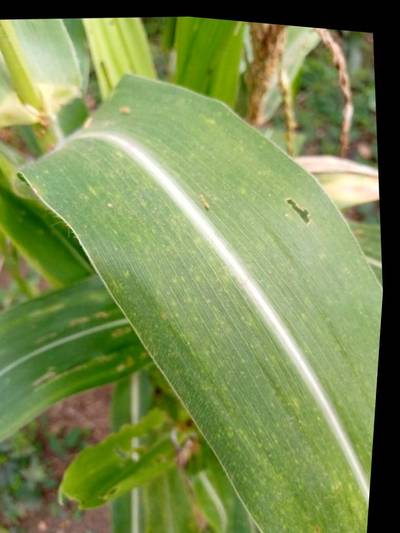

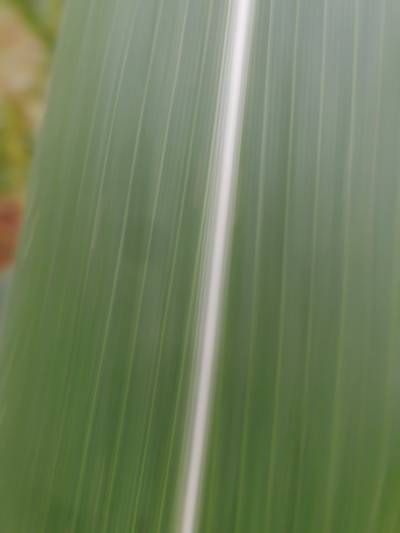



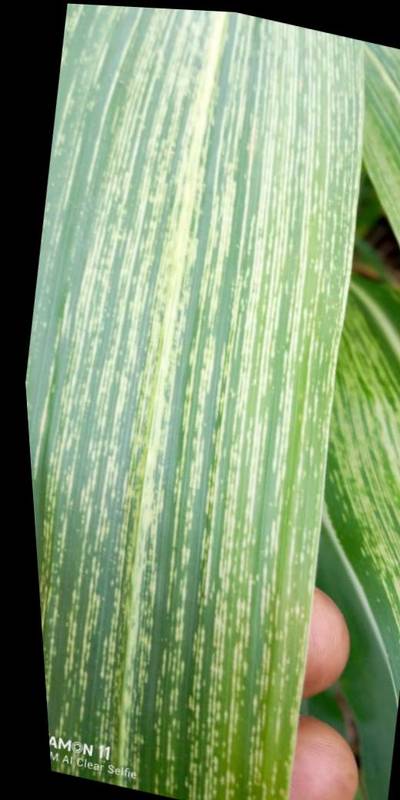

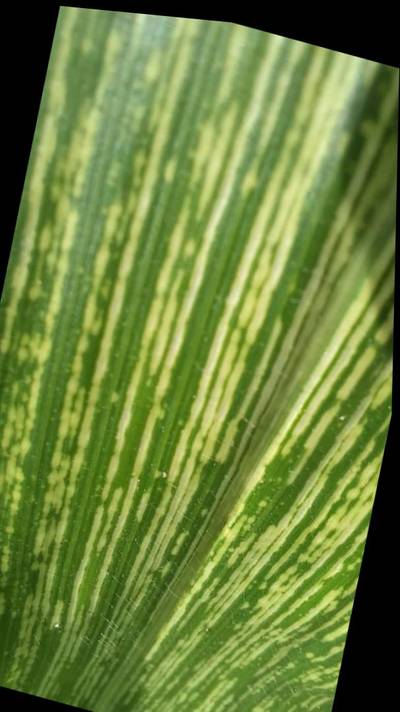



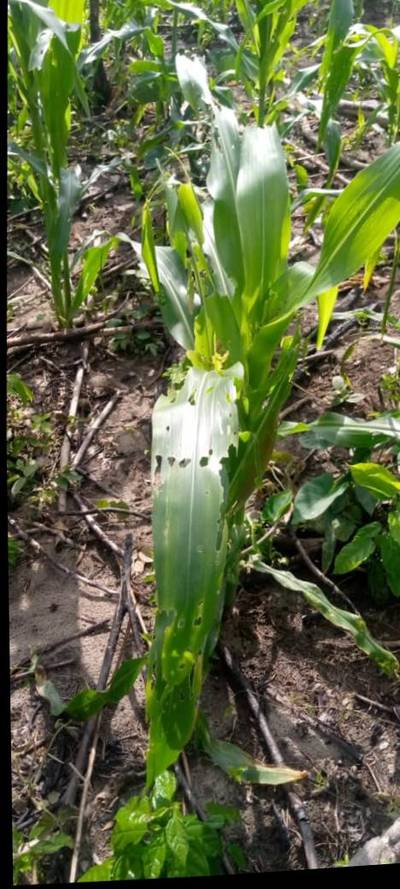

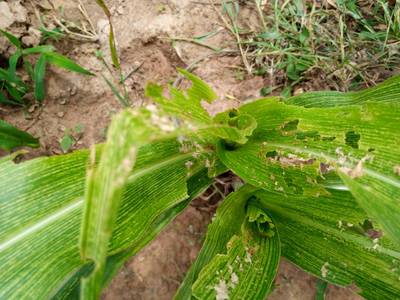

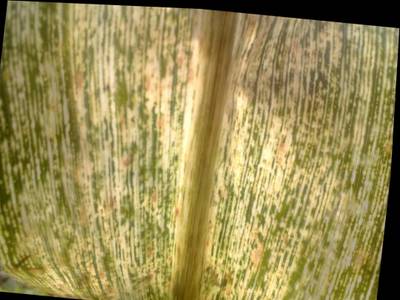

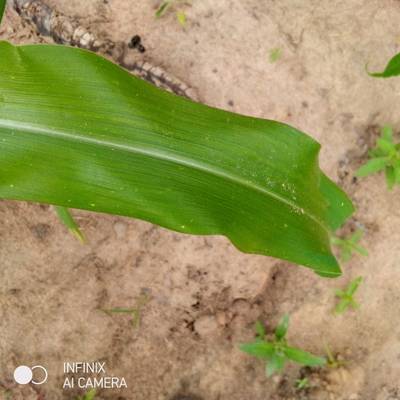

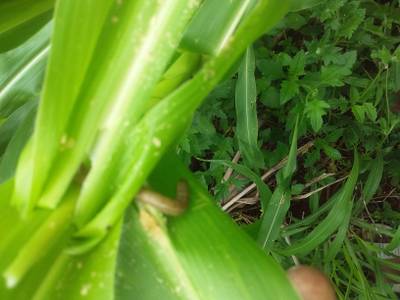

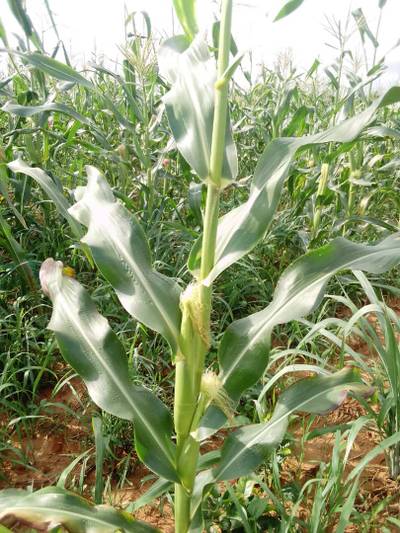

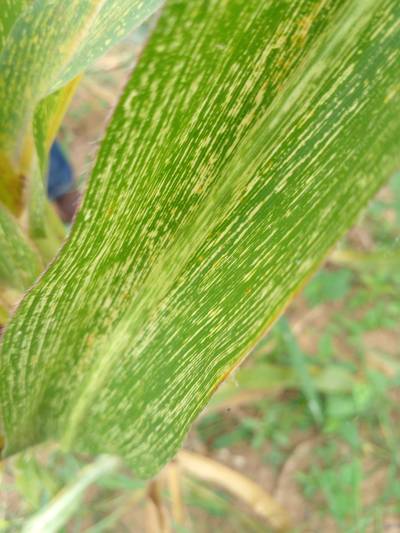

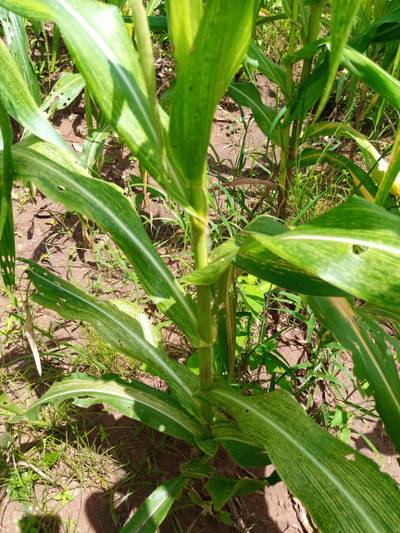

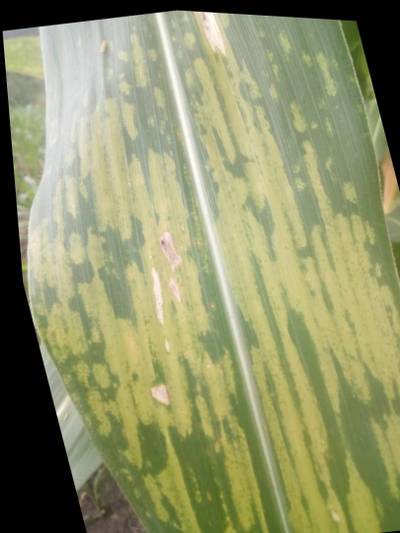

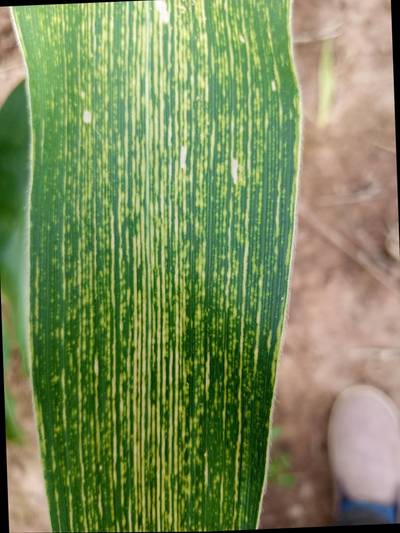
Class balance #
There are 8 annotation classes in the dataset. Find the general statistics and balances for every class in the table below. Click any row to preview images that have labels of the selected class. Sort by column to find the most rare or prevalent classes.
Class ㅤ | Images ㅤ | Objects ㅤ | Count on image average | Area on image average |
|---|---|---|---|---|
maize streak disease➔ rectangle | 6204 | 13607 | 2.19 | 74.2% |
fall armyworm larval damage➔ rectangle | 5138 | 38076 | 7.41 | 20.69% |
healthy maize➔ rectangle | 4575 | 22707 | 4.96 | 72.87% |
fall armyworm frass➔ rectangle | 3376 | 15218 | 4.51 | 13.21% |
fall armyworm larva➔ rectangle | 1454 | 1512 | 1.04 | 3.84% |
fall armyworm egg➔ rectangle | 301 | 1026 | 3.41 | 16.7% |
none healthy➔ rectangle | 187 | 470 | 2.51 | 83.91% |
healthy images➔ rectangle | 32 | 318 | 9.94 | 75.21% |
Co-occurrence matrix #
Co-occurrence matrix is an extremely valuable tool that shows you the images for every pair of classes: how many images have objects of both classes at the same time. If you click any cell, you will see those images. We added the tooltip with an explanation for every cell for your convenience, just hover the mouse over a cell to preview the description.
Images #
Explore every single image in the dataset with respect to the number of annotations of each class it has. Click a row to preview selected image. Sort by any column to find anomalies and edge cases. Use horizontal scroll if the table has many columns for a large number of classes in the dataset.
Object distribution #
Interactive heatmap chart for every class with object distribution shows how many images are in the dataset with a certain number of objects of a specific class. Users can click cell and see the list of all corresponding images.
Class sizes #
The table below gives various size properties of objects for every class. Click a row to see the image with annotations of the selected class. Sort columns to find classes with the smallest or largest objects or understand the size differences between classes.
Class | Object count | Avg area | Max area | Min area | Min height | Min height | Max height | Max height | Avg height | Avg height | Min width | Min width | Max width | Max width |
|---|---|---|---|---|---|---|---|---|---|---|---|---|---|---|
fall armyworm larval damage rectangle | 38076 | 2.95% | 100% | 0% | 1px | 0.03% | 4608px | 100% | 321px | 13.07% | 1px | 0.03% | 4608px | 100% |
healthy maize rectangle | 22707 | 18.39% | 100% | 0% | 1px | 0.02% | 4608px | 100% | 919px | 38.7% | 1px | 0.03% | 4608px | 100% |
fall armyworm frass rectangle | 15218 | 3.01% | 99.74% | 0% | 1px | 0.04% | 4192px | 99.91% | 305px | 13.69% | 1px | 0.02% | 4095px | 100% |
maize streak disease rectangle | 13607 | 38.13% | 100% | 0% | 1px | 0.02% | 4608px | 100% | 1272px | 56.9% | 1px | 0.02% | 4608px | 100% |
fall armyworm larva rectangle | 1512 | 3.72% | 98.18% | 0.07% | 23px | 2.21% | 2397px | 98.61% | 305px | 16.83% | 23px | 1.78% | 1935px | 99.56% |
fall armyworm egg rectangle | 1026 | 5.13% | 76.69% | 0.04% | 17px | 1.57% | 2793px | 78.32% | 622px | 18.7% | 19px | 1.82% | 3052px | 97.92% |
none healthy rectangle | 470 | 36.97% | 99.26% | 0.18% | 34px | 3.15% | 2427px | 99.8% | 885px | 54.11% | 28px | 5.76% | 2429px | 99.88% |
healthy images rectangle | 318 | 11.38% | 59.16% | 0% | 5px | 0.62% | 1001px | 100% | 298px | 31.74% | 1px | 0.09% | 643px | 85.73% |
Spatial Heatmap #
The heatmaps below give the spatial distributions of all objects for every class. These visualizations provide insights into the most probable and rare object locations on the image. It helps analyze objects' placements in a dataset.

Objects #
Table contains all 92934 objects. Click a row to preview an image with annotations, and use search or pagination to navigate. Sort columns to find outliers in the dataset.
Object ID ㅤ | Class ㅤ | Image name click row to open | Image size height x width | Height ㅤ | Height ㅤ | Width ㅤ | Width ㅤ | Area ㅤ |
|---|---|---|---|---|---|---|---|---|
1➔ | fall armyworm larva rectangle | 1623274715906_jpg.rf.27904f815ec3e818e89cca1f5e878cad.jpg | 1040 x 780 | 90px | 8.65% | 149px | 19.1% | 1.65% |
2➔ | fall armyworm frass rectangle | 1623274715906_jpg.rf.27904f815ec3e818e89cca1f5e878cad.jpg | 1040 x 780 | 38px | 3.65% | 31px | 3.97% | 0.15% |
3➔ | fall armyworm frass rectangle | 1623274715906_jpg.rf.27904f815ec3e818e89cca1f5e878cad.jpg | 1040 x 780 | 268px | 25.77% | 324px | 41.54% | 10.7% |
4➔ | fall armyworm frass rectangle | 1623274715906_jpg.rf.27904f815ec3e818e89cca1f5e878cad.jpg | 1040 x 780 | 188px | 18.08% | 218px | 27.95% | 5.05% |
5➔ | fall armyworm frass rectangle | 1623274715906_jpg.rf.27904f815ec3e818e89cca1f5e878cad.jpg | 1040 x 780 | 90px | 8.65% | 133px | 17.05% | 1.48% |
6➔ | fall armyworm frass rectangle | 1623274715906_jpg.rf.27904f815ec3e818e89cca1f5e878cad.jpg | 1040 x 780 | 170px | 16.35% | 132px | 16.92% | 2.77% |
7➔ | fall armyworm frass rectangle | 1623274715906_jpg.rf.27904f815ec3e818e89cca1f5e878cad.jpg | 1040 x 780 | 185px | 17.79% | 166px | 21.28% | 3.79% |
8➔ | fall armyworm frass rectangle | 1623274715906_jpg.rf.27904f815ec3e818e89cca1f5e878cad.jpg | 1040 x 780 | 175px | 16.83% | 77px | 9.87% | 1.66% |
9➔ | fall armyworm frass rectangle | 1623274715906_jpg.rf.27904f815ec3e818e89cca1f5e878cad.jpg | 1040 x 780 | 219px | 21.06% | 269px | 34.49% | 7.26% |
10➔ | fall armyworm frass rectangle | 1623274715906_jpg.rf.27904f815ec3e818e89cca1f5e878cad.jpg | 1040 x 780 | 42px | 4.04% | 49px | 6.28% | 0.25% |
License #
Citation #
If you make use of the KaraAgro AI Maize data, please cite the following reference:
@data{DVN/CXUMDS_2022,
author = {Akogo, Darlington and Samori, Issah and Acquaye, Christabel and Addo, Michael and Amoako ,Emmanuel and Ezroa-Cudjoe, Frank and Buaba, Jerry and Seloame, Tatu Nyaku and Mavis, Agyeiwaa and Bright, Hodasi and Kezia, Gyasi-Darko and Ababio, Yao Owusu and Clinton, Darkwa Asare},
publisher = {Harvard Dataverse},
title = {{The KaraAgro AI Maize Dataset}},
year = {2022},
version = {V4},
doi = {10.7910/DVN/CXUMDS},
url = {https://doi.org/10.7910/DVN/CXUMDS}
}
If you are happy with Dataset Ninja and use provided visualizations and tools in your work, please cite us:
@misc{ visualization-tools-for-kara-agro-ai-maize-dataset,
title = { Visualization Tools for KaraAgro AI Maize Dataset },
type = { Computer Vision Tools },
author = { Dataset Ninja },
howpublished = { \url{ https://datasetninja.com/kara-agro-ai-maize } },
url = { https://datasetninja.com/kara-agro-ai-maize },
journal = { Dataset Ninja },
publisher = { Dataset Ninja },
year = { 2026 },
month = { jan },
note = { visited on 2026-01-07 },
}Download #
Dataset KaraAgro AI Maize can be downloaded in Supervisely format:
As an alternative, it can be downloaded with dataset-tools package:
pip install --upgrade dataset-tools
… using following python code:
import dataset_tools as dtools
dtools.download(dataset='KaraAgro AI Maize', dst_dir='~/dataset-ninja/')
Make sure not to overlook the python code example available on the Supervisely Developer Portal. It will give you a clear idea of how to effortlessly work with the downloaded dataset.
The data in original format can be downloaded here.
Disclaimer #
Our gal from the legal dep told us we need to post this:
Dataset Ninja provides visualizations and statistics for some datasets that can be found online and can be downloaded by general audience. Dataset Ninja is not a dataset hosting platform and can only be used for informational purposes. The platform does not claim any rights for the original content, including images, videos, annotations and descriptions. Joint publishing is prohibited.
You take full responsibility when you use datasets presented at Dataset Ninja, as well as other information, including visualizations and statistics we provide. You are in charge of compliance with any dataset license and all other permissions. You are required to navigate datasets homepage and make sure that you can use it. In case of any questions, get in touch with us at hello@datasetninja.com.


